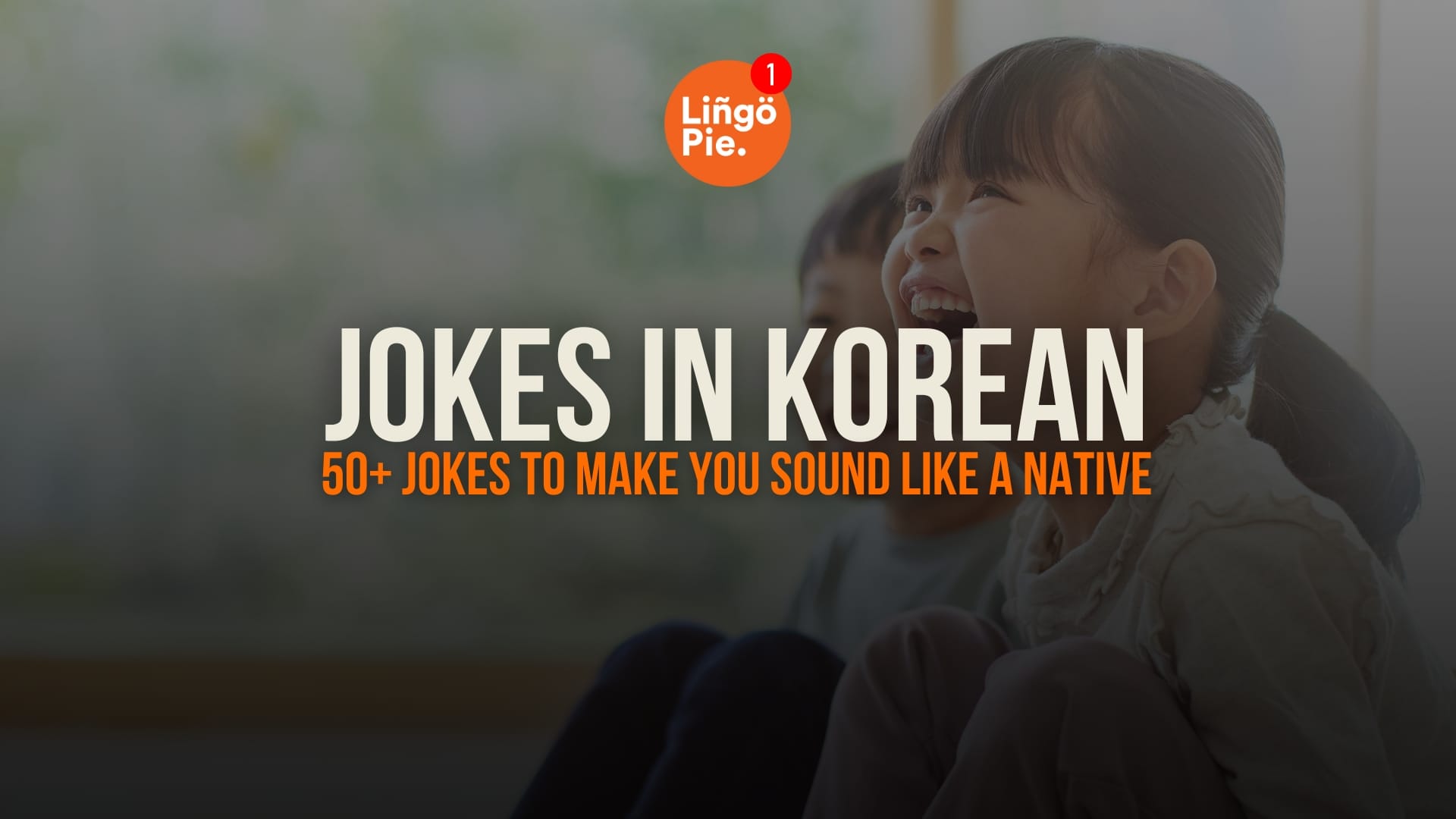When you start learning Dutch, pronouns can feel confusing at first. But they’re really just small words we use to replace names so we don’t keep repeating them. Words like “I”, “you”, “he”, “she”, “this”, or “that” are all pronouns.
In this post, I’ll teach you all the different types of Dutch pronouns in a simple way. We’ll go through what they mean, how to use them in real sentences, and the little grammar rules that make them work. By the end, you’ll know how to use Dutch pronouns naturally and with confidence.
- 6 Best Dutch Movies On Netflix For Learning Dutch Effortlessly
- 6 Dutch TV Shows On Netflix To Help You Learn Dutch
- What’s The Best Way To Learn Dutch On Your Own?

Dutch Personal Pronouns
Personal pronouns are words we use to replace the name of a person or thing when talking about them, especially to avoid repeating names. In Dutch, personal pronouns change depending on who you are talking about (first, second, third person), how many people (singular or plural), and sometimes the function in the sentence (subject or object).
| Person | Subject (does the action) | Object (receives the action) |
|---|---|---|
| I | ik | mij / me |
| you (informal) | jij / je | jou / je |
| you (formal) | u | u |
| he | hij | hem |
| she | zij / ze | haar |
| it | het | het |
| we | wij / we | ons |
| you (plural) | jullie | jullie |
| they | zij / ze | hen / hun / ze |
Subject Pronouns in Sentence Structure
In a basic Dutch main clause, the finite verb (the conjugated verb) always comes in the second position. Then, the subject pronoun usually comes before the verb.
Examples:
- Ik lees een boek. → I read a book.
- Zij werkt in een ziekenhuis. → She works in a hospital.
💡 Tip: If something else comes first (like a time expression), the subject pronoun comes after the verb because of the “verb second” (V2) rule:
- Morgen ga ik naar school. → Tomorrow, I will go to school.
Object Pronouns and Word Order
Object pronouns usually come right after the verb in simple sentences. In compound verb structures (with modal verbs, perfect tense, etc.), the object pronoun stays in the middle, before the infinitive or past participle.
Examples:
- Hij helpt mij. → He helps me.
- Ik wil je morgen bellen. → I want to call you tomorrow.
- Ze heeft hem gezien. → She has seen him.
Pronouns After Prepositions
If the pronoun is the object of a preposition, you must use the stressed form (mij, jou, hem, haar, ons, jullie, hen).
Examples:
- Hij spreekt over mij. → He talks about me.
- Dit cadeau is voor haar. → This gift is for her.
Emphasis: Stressed vs. Unstressed Forms
Dutch also uses stressed pronouns (mij, jou, zij, wij) when you want to emphasize the person. As a note, remember to use unstressed forms (me, je, ze, we) in normal flow when no emphasis is needed.
Examples:
- Zíj heeft dat gedaan, niet ik! → SHE did that, not me!
- Hij helpt me elke dag. → He helps me every day. (no emphasis)
Dutch Possessive Pronouns
Possessive pronouns are words used to show ownership or possession. They tell us who something belongs to. In Dutch, these pronouns change depending on the person (who owns it) and sometimes depending on the gender and number of the noun that follows.
They can function in two ways:
- As possessive adjectives: used before a noun (my book, your house)
- As standalone possessive pronouns: used instead of a noun (mine, yours)
| Person | Before de/het noun (adjective form) | Standalone (replaces noun) |
|---|---|---|
| I | mijn | de/het mijne |
| you (informal) | jouw / je | de/het jouwe |
| you (formal) | uw | de/het uwe |
| he | zijn | de/het zijne |
| she | haar | de/het hare |
| it | zijn | de/het zijne |
| we | ons (for het words)onze (for de words) | de/het onze |
| you (plural) | jullie | de/het jullie |
| they | hun | de/het hunne |
When used before a noun, the form doesn’t change for gender, except “ons” becomes “onze” before de words.
- ons huis (het huis) — our house
- onze tafel (de tafel) — our table
Before a Noun (Adjective Use)
When a possessive pronoun comes before a noun, it shows who the thing belongs to. It goes right in front of the noun, just like in English (my book, your house, his car).
In Dutch, the form of the possessive pronoun depends on who owns the thing, not on what the thing is. For example, you say mijn boek (my book) and mijn auto (my car) — the word mijn stays the same because I am the owner in both cases.
Examples:
- Mijn boek is nieuw. → My book is new.
- Jouw fiets is blauw. → Your bike is blue.
- Onze kinderen zijn blij. → Our children are happy.
As Standalone (Replacing a Noun)
Used when the noun is understood or already mentioned, similar to English “mine/yours”. Preceded by het (for het-words) or de (for de-words/plurals).
Examples:
- Dit boek is het mijne. → This book is mine.
- Is deze jas de jouwe? → Is this coat yours?
- Deze schoenen zijn de onze. → These shoes are ours.
Dutch Reflexive Pronouns
Reflexive pronouns are used when the subject and the object of the verb are the same person or thing — in other words, when someone does something to themselves.
In Dutch, many common verbs are reflexive, and they require a reflexive pronoun. This pronoun always refers back to the subject of the sentence.
| Person | Reflexive Pronoun (unstressed) | Reflexive Pronoun (stressed) |
|---|---|---|
| ik (I) | me | mezelf |
| jij/je (you, informal) | je | jezelf |
| u (you, formal) | zich | uzelf |
| hij (he) | zich | zichzelf |
| zij/ze (she) | zich | zichzelf |
| het (it) | zich | zichzelf |
| wij/we (we) | ons | onszelf |
| jullie (you, plural) | je | jezelf / julliezelf |
| zij/ze (they) | zich | zichzelf |
Position in the Sentence
The reflexive pronouthe
Examples:
- Ik was me elke ochtend. → I wash myself every morning.
- Hij heeft zich vergist. → He has made a mistake (literally: deceived himself).
Agreement with the Subject
The reflexive pronoun always matches the subject in person and number. This is what makes it different from normal object pronouns — it “reflects” the subject.
Examples:
- Jij herinner je dat nog. → You remember that.
- Wij verdedigen ons. → We defend ourselves.
Reflexive vs. Non-Reflexive Use
Some verbs are always reflexive (zich vergissen – to be mistaken, zich haasten – to hurry). However, others can be reflexive or non-reflexive depending on the meaning.
Examples:
- Ik scheer me. → I shave myself.
- Ik scheer de kat. → I shave the cat. (not reflexive)
Emphasis with Stressed Forms
Use the stressed forms (mezelf, jezelf, zichzelf…) to add emphasis or when contrasting.
Examples:
- Ik heb dat voor mezelf gedaan. → I did that for myself.
- Zij denkt alleen aan zichzelf. → She only thinks about herself.
Dutch Demonstrative Pronouns
Demonstrative pronouns are words we use when we want to point to something or someone. In Dutch, the word you choose depends on the gender (de or het) of the noun and whether it is singular or plural.
- De-words are common gender
- Het-words are neuter gender
Just note that all plural words use de. You can use demonstrative pronouns before a noun or alone when the noun is clear from context.
| Distance | de-words (singular) | het-words (singular) | plural (all) |
|---|---|---|---|
| near (this / these) | deze | dit | deze |
| far (that / those) | die | dat | die |
Want to see how it works? Check the example sentences below!
- Deze man is mijn vader. → This man is my father.
- Dat huis is groot. → That house is big.
- Die boeken zijn oud. → Those books are old.
- Ik wil deze, niet die. → I want this one, not that one.
Dutch Relative Pronouns
In Dutch, the most common relative pronouns are die, dat, wie, wat. The choice depends on the gender and number of the noun you refer to. They are often used to avoid repeating the noun and make your sentences flow better.
| Dutch | Used for… | English equivalent |
|---|---|---|
| die | de-words (singular), all plurals | who / that / which |
| dat | het-words (singular) | that / which |
| wie | people (when there is no clear noun before) | who |
| wat | things/ideas (when there is no clear noun before), or after “alles / iets / niets” | what / which / that |
Dutch Interrogative Pronouns
Interrogative pronouns are words we use to ask questions about people or things. In English these are words like “who, what, which”. They stand for the thing or person you are asking about. They are usually placed at the beginning of the question.
In Dutch, interrogative pronouns work the same way. The main ones are wie, wat, welk(e), and wat voor (een). Which one you use depends on whether you are asking about a person or a thing, and sometimes on the gender/number of the noun that follows.
| Dutch | Used for… | English equivalent |
|---|---|---|
| wie | people | who |
| wat | things or unknown objects | what |
| welk (het-words) / welke (de/plural) | choosing between known options | which |
| wat voor (een) | asking about the type or kind | what kind of |
Dutch Indefinite Pronouns
In Dutch, indefinite pronouns are used very often in daily speech. They can refer to people (iemand, niemand), things (iets, niets) or amounts (alles, elk, ieder). Which word you choose depends on what you are talking about and whether it is positive, negative, or general.
| Dutch | Meaning in English | Used for… |
|---|---|---|
| iemand | someone / somebody | a person |
| niemand | no one / nobody | a person (negative) |
| iets | something | a thing |
| niets | nothing | a thing (negative) |
| alles | everything | things (general) |
| elk / ieder | each / every | people or things |
| men | one / people in general | general people |
| wat | some / a bit (informal) | small amount |
Ready to Master Dutch Pronouns in Context?
Learning Dutch pronouns from a guide gives you the foundation, but seeing them work within actual Dutch grammar is where things get interesting. That's where Lingopie comes in handy!
Lingopie's interactive dual subtitles show you these pronouns doing their job in real sentences. You'll see how ze changes meaning depending on whether it's replacing people or objects, or how die and dat shift based on the gender of what they're pointing to. You'll catch these grammatical patterns naturally as they happen, rather than trying to memorize abstract rules.
Want to see it in action? Sign up for a FREE 7-day trial by clicking below!


![Dutch Pronouns: A Complete Guide [2026]](/blog/content/images/size/w1200/2025/09/Dutch-pronouns-.jpg)


![Hobbies In Japanese: 50+ Words, Phrases, And Tips [2026]](/blog/content/images/size/w1200/2025/09/Hobbies-in-japanese.jpg)
![How To Say Happy New Year In Dutch [Plus 10+ Useful Words]](/blog/content/images/size/w300/2025/12/how-to-say-happy-new-year-In-dutch.jpeg)


